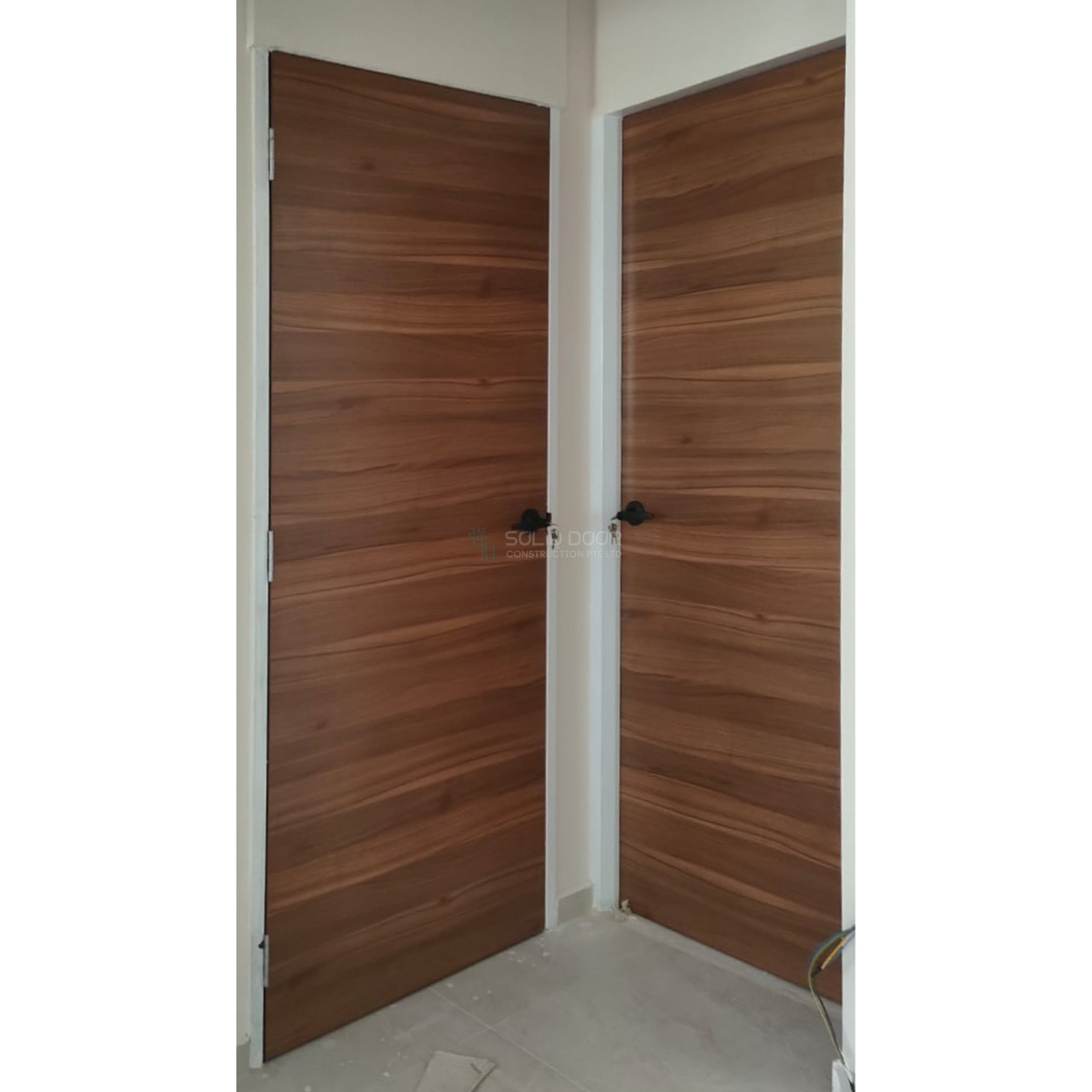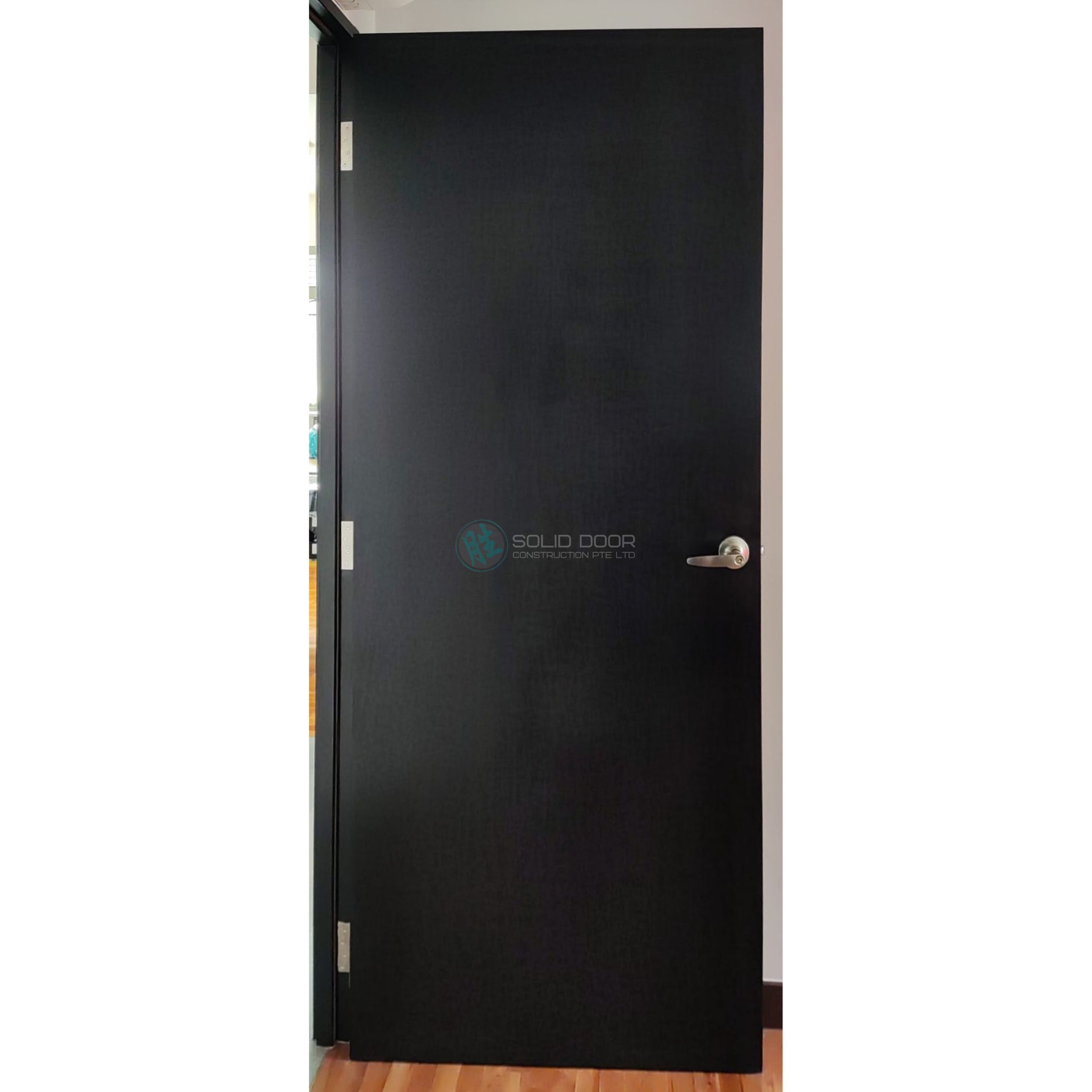The Benefits of Solid Core Bedroom Doors
Solid core bedroom doors are an investment in comfort, privacy, and security. They offer a significant upgrade from hollow core doors, providing enhanced sound insulation, greater privacy, and increased security. While hollow core doors are often lighter and less expensive, solid core doors offer a range of advantages that make them a worthwhile consideration for any homeowner.
Sound Insulation
Solid core doors are significantly better at reducing noise transmission than hollow core doors. The solid core construction acts as a barrier to sound waves, preventing them from easily passing through the door. This is especially important in bedrooms, where quiet and privacy are essential for restful sleep and relaxation.
Solid core doors are excellent at reducing noise from traffic, conversations, and other disturbances, creating a peaceful and serene atmosphere in the bedroom.
Privacy
Solid core doors offer superior privacy compared to hollow core doors. The solid core construction makes it more difficult for sound to travel through the door, ensuring that conversations and activities within the bedroom remain private. This is especially important for families with young children or individuals who value their privacy.
Solid core doors provide a sense of security and seclusion, allowing you to enjoy your personal space without worrying about noise or distractions.
Security, Solid core bedroom door
Solid core doors are more resistant to forced entry than hollow core doors. The solid core construction makes the door stronger and more difficult to break through. This added security is particularly important for homes in high-crime areas or for individuals who are concerned about their safety.
Solid core doors provide an extra layer of protection, offering peace of mind and deterring potential intruders.
Comparison of Solid Core and Hollow Core Doors
| Feature | Solid Core Doors | Hollow Core Doors |
|---|---|---|
| Construction | Solid core made of wood or composite materials | Hollow core with honeycomb or foam filling |
| Sound Insulation | Excellent sound reduction | Poor sound insulation |
| Privacy | High level of privacy | Limited privacy |
| Security | Stronger and more resistant to forced entry | Less secure and easier to break through |
| Cost | More expensive | Less expensive |
| Weight | Heavier | Lighter |
Real-Life Scenarios
Solid core doors are particularly beneficial in several real-life scenarios:
- Families with young children: Solid core doors help create a peaceful and quiet environment for children’s bedrooms, reducing noise from other parts of the house and allowing them to sleep soundly.
- Homes located in noisy areas: In areas with heavy traffic or other sources of noise, solid core doors can significantly reduce the amount of noise that enters the bedroom, creating a more tranquil and relaxing atmosphere.
- Individuals who work from home: Solid core doors provide a quiet and private space for working from home, allowing you to focus on your tasks without distractions.
Choosing the Right Solid Core Bedroom Door
Selecting the perfect solid core bedroom door is crucial for creating a peaceful and secure sanctuary. It’s an investment that impacts your home’s comfort, privacy, and security. The right door can significantly enhance your quality of life, ensuring a quiet retreat from the hustle and bustle of daily life.
Types of Solid Core Doors
Solid core doors come in various materials, each with its unique pros and cons. Understanding these differences will help you make an informed decision.
- Wood Core Doors: Traditional and often favored for their natural beauty and durability. They are typically made from solid wood, like pine, oak, or mahogany, providing excellent sound insulation and security. However, they can be more expensive than other options and susceptible to moisture damage.
- Fiberglass Core Doors: A popular choice for their affordability and resistance to moisture. Fiberglass cores are often used in doors with wood veneers, offering a balance between cost and performance. They are also relatively lightweight and easy to install. While they offer decent sound insulation, they might not be as effective as wood core doors.
- Composite Core Doors: A blend of materials, like wood, fiberglass, and foam, offering a range of benefits. Composite doors are often designed for specific purposes, such as soundproofing or security. They are known for their durability and affordability, making them a versatile option for many homeowners.
Factors to Consider When Choosing a Solid Core Bedroom Door
The right solid core bedroom door is a personalized choice, influenced by factors like your budget, desired style, and specific needs.
- Budget: Solid core doors range in price depending on the material, design, and features. Set a realistic budget before starting your search to narrow down your options.
- Style: Solid core doors are available in various styles, from classic to contemporary. Consider the overall design of your bedroom and choose a door that complements the existing decor.
- Soundproofing: If you need to minimize noise from outside, look for a door with a solid core and good weather stripping. Some doors are specifically designed for soundproofing, offering extra insulation and noise reduction.
- Security: For enhanced security, choose a door with a solid core and reinforced construction. Consider features like a deadbolt lock and a solid door frame for added protection.
Steps Involved in Choosing the Right Solid Core Bedroom Door
Here’s a step-by-step guide to help you choose the perfect solid core bedroom door for your needs:
- Determine your budget: Set a realistic budget for your new door, including installation costs.
- Consider your needs: Think about the specific features you require, such as soundproofing, security, or style.
- Research different types of solid core doors: Explore the pros and cons of wood core, fiberglass core, and composite core doors to find the best option for your needs.
- Visit local home improvement stores or online retailers: Browse a variety of solid core doors to see different styles, materials, and features.
- Read reviews and compare prices: Check online reviews and compare prices from different retailers before making your final decision.
- Get professional advice: If you’re unsure about the best door for your needs, consult with a professional contractor or home improvement specialist.
Installing a Solid Core Bedroom Door
Installing a solid core bedroom door is a DIY project that can be tackled by homeowners with basic carpentry skills. The process involves preparing the door opening, attaching the frame, and hanging the door. This guide provides a step-by-step walkthrough of the installation process, ensuring a secure and properly functioning door.
Preparing the Door Opening
Before installing the door, it is crucial to prepare the door opening to ensure a proper fit. This involves removing the existing door and frame, if applicable, and making any necessary adjustments to the opening.
- Remove the existing door and frame. If there is an existing door and frame, carefully remove them using a pry bar and hammer. Ensure that you protect the surrounding walls and trim from damage.
- Measure the door opening. Measure the width and height of the opening to determine the size of the new door and frame.
- Adjust the door opening. If necessary, use a saw or router to adjust the width and height of the opening to accommodate the new door and frame. Ensure that the opening is square and level.
Attaching the Frame
The frame is the foundation for the door, providing support and stability. Attaching the frame to the door opening requires precision and care to ensure a secure fit.
- Assemble the door frame. The door frame typically consists of two side jambs and a header. Assemble the frame using screws or nails, ensuring that the corners are square and the frame is level.
- Position the frame in the opening. Carefully position the assembled frame in the door opening, ensuring that it is plumb and level. Use shims to adjust the frame as needed.
- Attach the frame to the wall. Secure the frame to the wall using screws or nails. Ensure that the screws or nails are long enough to penetrate the wall studs.
Hanging the Door
Once the frame is securely attached, the door can be hung. This involves installing the hinges and adjusting the door for proper operation.
- Install the hinges. Install the hinges to the door and frame, ensuring that they are aligned and level. Use a level to check the alignment of the hinges.
- Hang the door. Carefully hang the door on the hinges, ensuring that it is properly aligned with the frame. Use a level to check the alignment of the door.
- Adjust the door. Once the door is hung, adjust the latch and strike plate to ensure proper operation.



